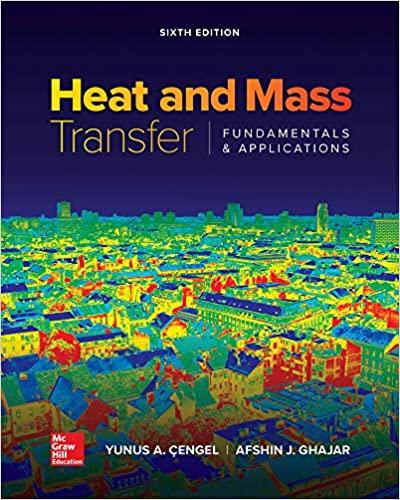Question
2. The density of aluminum is 2.7 g/cm^3. Its atomic mass is 26.98 amu. If the fraction of vacancies at 400 C is 2.29x10^-5, how
2. The density of aluminum is 2.7 g/cm^3. Its atomic mass is 26.98 amu. If the fraction of vacancies at 400 C is 2.29x10^-5, how many vacancies per unit m^3?
3. The length or magnitude of the Burgers vector, b, is defined as the repeat distance between adjacent atoms along the highest atomic density direction in a crystal. For alpha-Fe single crystal, what is the magnitude of b assume the atomic radius of iron is 0.124 nm?
4. At 400 C, the fraction of aluminum lattice site vacancy is 2.29x10^-5. Calculate the fraction at 660 C if the activation energy for vacancy formation is 7.6x10^-1 (eV)
5. During carburization of a steel at 1000 C, there is a drop in carbon concentration from 5 at% to 4 at% carbon between 1 mm and 2 mm from the surface of the steel. Estimate the flux of carbon atoms into the steel in this near surface region. (Density of gamma-Fe at 1000 C is 7,63 g/cm^3. The activation energy for diffusion Q is 142 kJ/mol and Do is 2x10^-5 m^2/s)
Step by Step Solution
There are 3 Steps involved in it
Step: 1

Get Instant Access to Expert-Tailored Solutions
See step-by-step solutions with expert insights and AI powered tools for academic success
Step: 2

Step: 3

Ace Your Homework with AI
Get the answers you need in no time with our AI-driven, step-by-step assistance
Get Started


